Below are all our finalists in the “Minerals” section of our Photo Contest. Please look through them one last time before voting for your favorite. We know it is possible to game these polls. Please act like adults and don’t vote more than once. If we believe that the results are invalid, the contest will be canceled. The photos and poll are below the fold.
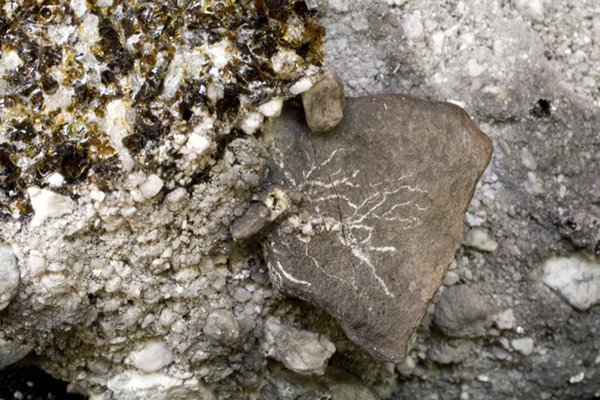
Fulgurite by Virginia Pasek — Glass formed as lightning strikes sand or soil. Phosphate-containing sand was fused and turned into phosphite. In the center is a small granitic pebble that was trapped during the formation of the glass. A bolt of electricity traveled along its surface, leaving permanent evidence of its passage. Tucson, Arizona, 2007.
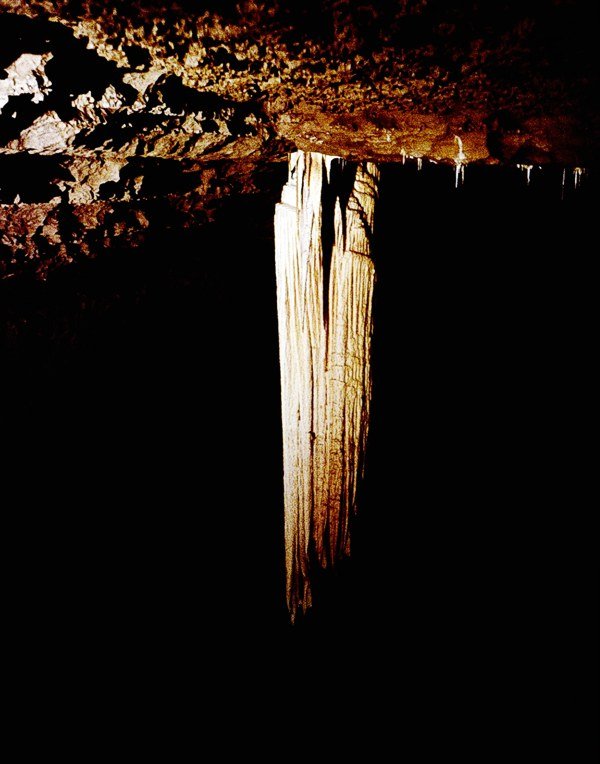
Stalactite by Quentin Cobb — Big Stalactite at Doolin Cave. Largest Irish stalactite in the world. At 7.3 meters long it contains 33 tonnes of calcite. The Burren, County Clare, Republic of Ireland, 1976.
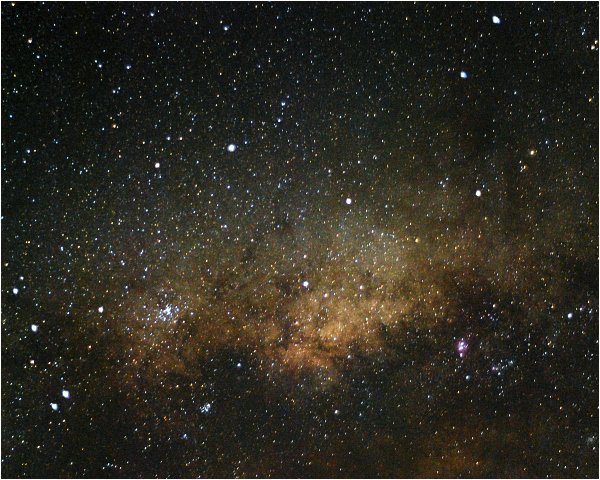
Center of the Galaxy by François Malan — The center of the Milky Way galaxy, showing Kaus Australis, Kaus Media, Shaula, Lesath, Nunki, Phi Sagittarii. Ptolemy's Cluster (M7), and the Lagoon Nebula (M8). Photographed from the ground in Sutherland, South Africa.
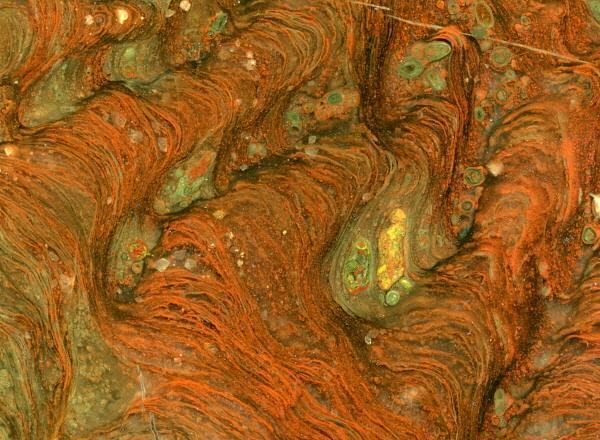
Stromatolites by James Kocher — Fossilized colonies of filamentary cyanobacteria (blue-green algae) and other microbes. Gunflint formation, approximately 1.9 billion years old. Microscopic fossils are sheaths and external cellular secretions/coverings very much like modern cyanobacteria. Whitefish River, Lybster Township, Ontario, August, 1992.
.jpg)
Huaxiagnathus orientalis by Adrian Thysse — Compsognathid theropod
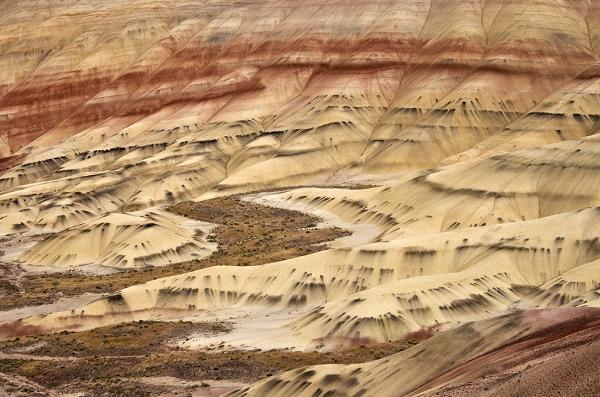
Painted Hills by Michael Klaas — exposed strata of geological eras when this section of Central Oregon was a river floodplain. Colors are formed by layers of volcanic deposits that fell from eruptions in the Cascade Range 35 million years ago. John Day Fossil Beds National Monument, Oregon.




.jpg)
